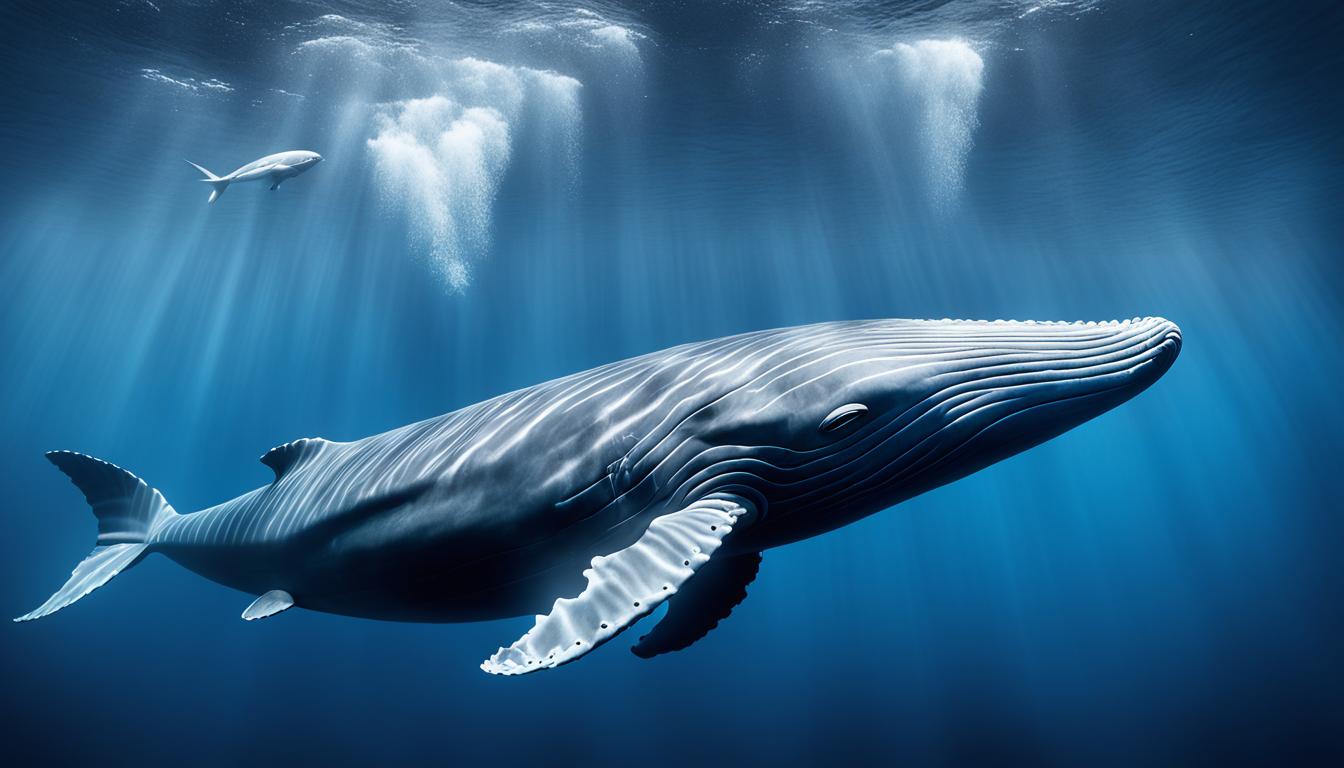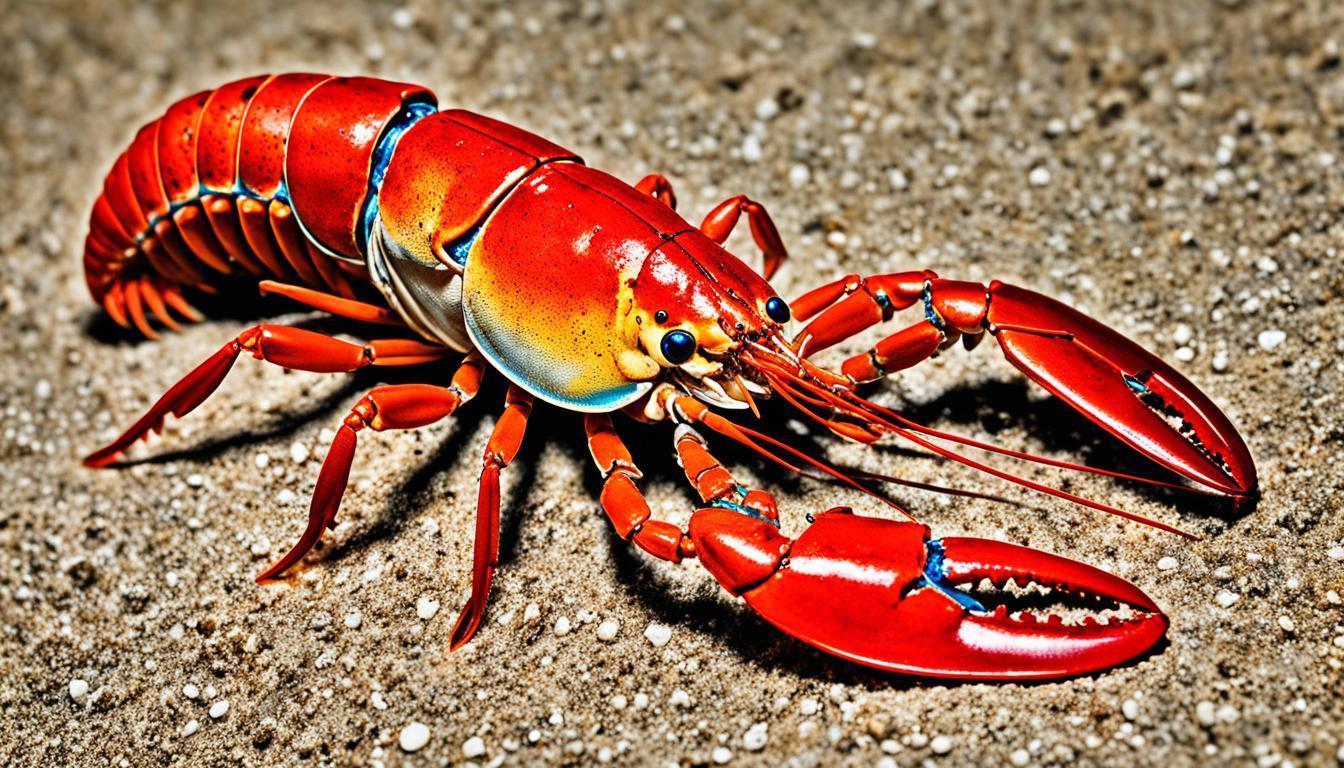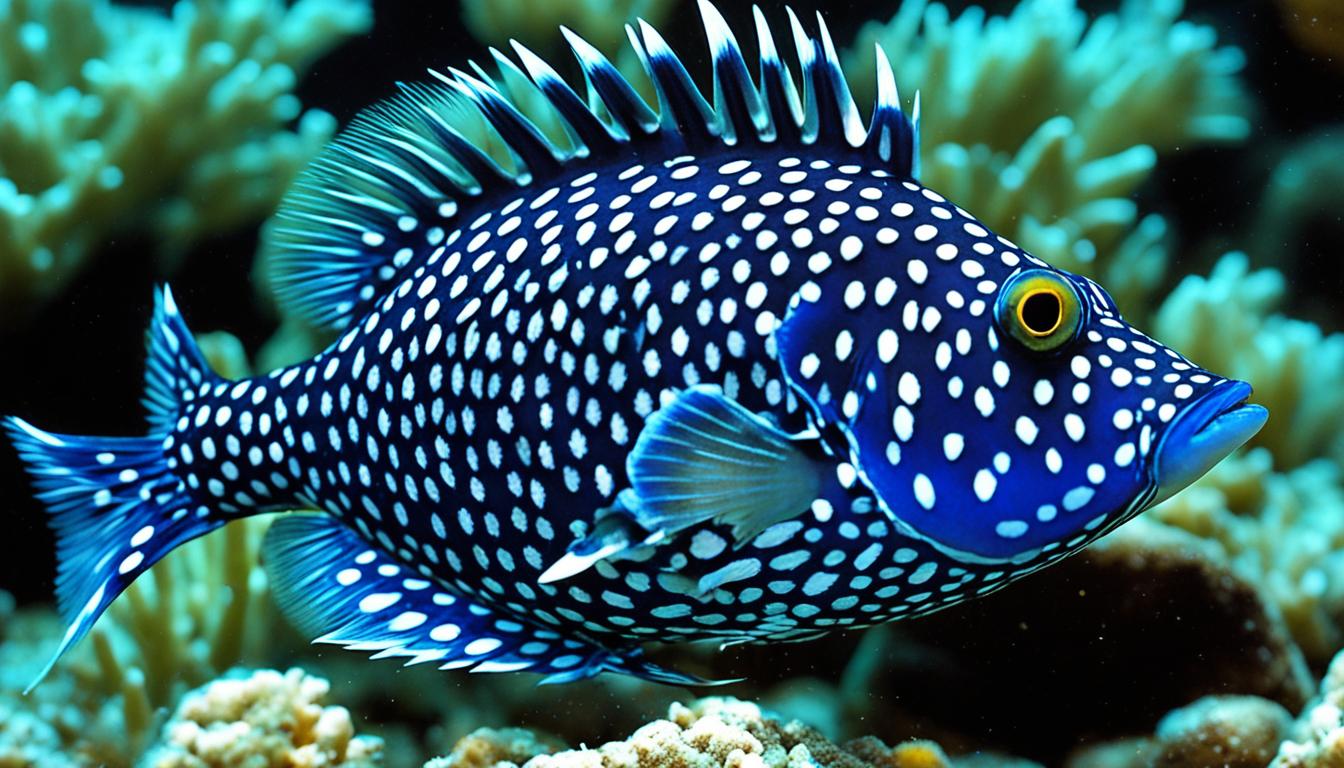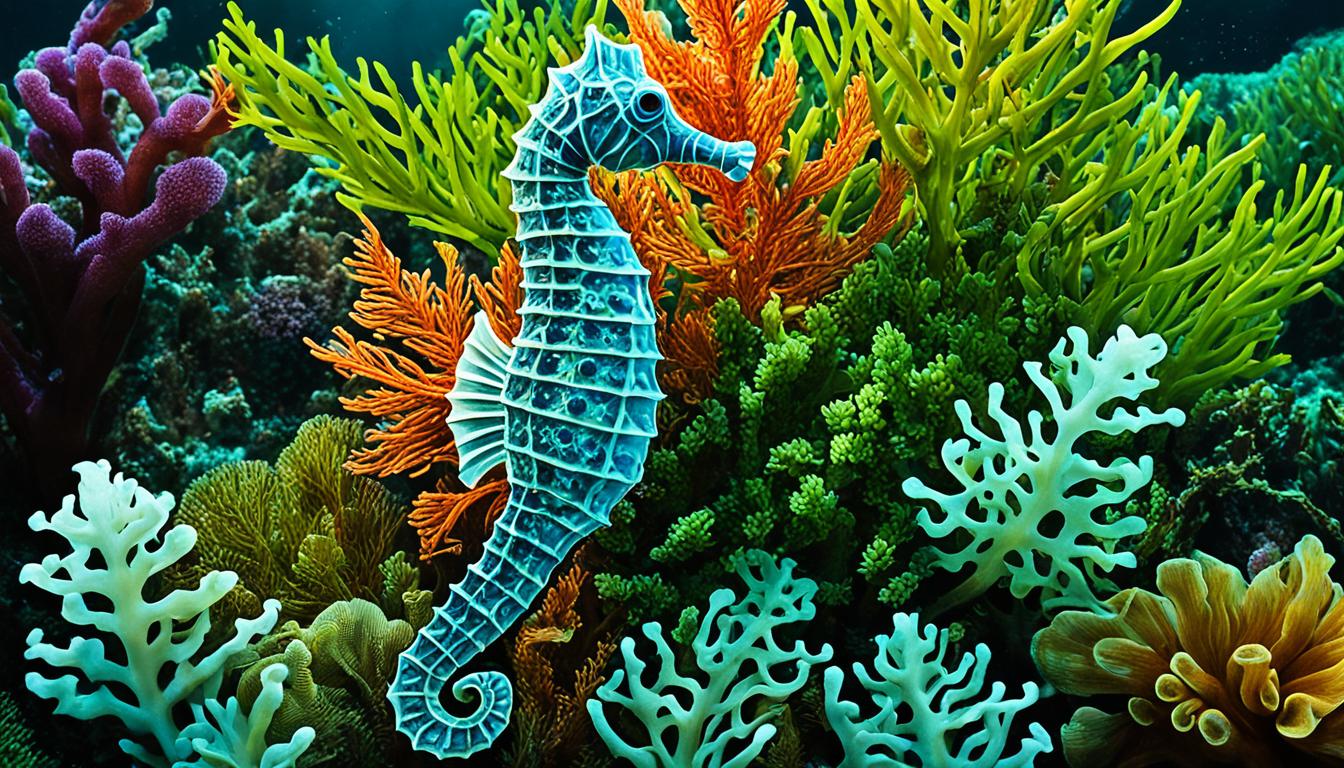Have you ever thought about how whales sleep? These huge sea creatures have their own way of sleeping that’s different from us. They have special sleep patterns that help them live in the ocean.
Whales can’t sleep deeply like we do because they need to come up for air and stay alert. This makes us curious about how they sleep, how long they sleep, and where they like to rest.
The Unique Sleep Requirements of Marine Mammals
Marine mammals, like whales, have special sleep needs. These needs are key to their survival and health. They sleep in ways that help them rest while staying alert to dangers in the water.
The Importance of Sleep for Whales
Sleep is crucial for whales. It helps them remember things, save energy, and keep their immune system strong. Without enough sleep, whales can have health problems that affect how they act and hunt in the wild.
Studies show that whales need good sleep to navigate and find food well. Disruptions in their sleep can cause big problems.
Understanding Marine Mammal Adaptations
Marine mammals have special ways to sleep. One way is called unihemispheric slow-wave sleep (USWS). This means one half of the brain sleeps while the other stays awake. This helps whales stay alert for dangers while they rest.
Learning about how whales sleep tells us how they manage to survive in a tough environment. It shows us how they can rest safely in the water.
| Aspect | Explanation |
|---|---|
| Cognitive Functions | Sleep helps with memory and learning. |
| Energy Conservation | Rest saves energy for migration and hunting. |
| Immune System Regulation | Good sleep supports immune health and resilience. |
| Unihemispheric Sleep | One brain side sleeps while the other stays alert to threats. |
How Do Whales Sleep?
Whales have amazing ways to sleep that fit their life in the water. One of these ways is called unihemispheric slow-wave sleep. This lets them rest while still keeping an eye out for dangers.
Exploring Unihemispheric Slow-Wave Sleep (USWS)
With unihemispheric slow-wave sleep, one half of a whale’s brain sleeps, and the other half stays awake. This means they can keep swimming and breathe air. Their brain works differently during this sleep, showing how they’ve evolved to survive in tough conditions.
Studying how whales sleep shows us why these adaptations are key to their health. For example, while one brain side sleeps, the whale can still watch for dangers. This shows how marine mammals have changed to live in their world.
This type of sleep is not just for safety. It also helps whales rest and heal while staying safe in the ocean. The way they sleep shows how their brain, behavior, and the sea work together.
| Aspect | Details |
|---|---|
| Definition | Sleep state where one hemisphere rests while the other stays alert. |
| Benefits | Allows for air surfacing, predator evasion, and environmental monitoring. |
| Brain Activity | Distinct patterns enable efficient resting and awareness. |
| Evolutionary Advantage | Enhances survival by balancing rest with vigilance in a challenging habitat. |
Different Whale Sleeping Behaviors
Whales have many ways of sleeping that show how they adapt to life in the ocean. These behaviors help us understand how they balance sleep with survival in a changing environment.
Logging: The Resting Technique
Logging is a common way whales rest. They float on the water’s surface with their blowholes above. This lets them breathe easily and rest at the same time. Logging can last from a few minutes to an hour, showing how whales balance rest with staying alert.
Positions for Rest: Vertical and Horizontal
Whales sleep in different ways, depending on the species. Sperm whales rest vertically with their tails down, ready to dive quickly. Humpback whales prefer resting on their sides. These methods show how whales find safety and comfort in their sleep.
Where Do Whales Sleep?
Learning where whales sleep helps us understand their unique habits. They choose places that are safe and quiet. This knowledge lets us appreciate these amazing creatures more.
Common Locations for Whale Resting
Whales like to rest in places like:
- Coves – These spots are safe from strong currents.
- Bays – They are safe havens from predators.
- Shallow waters – These are safe and comfy for resting.
These spots are perfect for whales to rest safely and recover.
The Role of Surroundings in Whale Safety
The environment around them affects how safe whales can rest. Important factors include:
- Protection from ocean currents – Natural barriers keep them stable.
- Presence of food sources – They need food to stay energized.
- Shelter from predators – Quiet spots keep them safe from danger.
Choosing where to sleep is key for whales’ health. It’s not just a place to rest; it helps them recover for their long trips.
Understanding Whale Sleep Cycles
Whales have different sleep patterns across various species. They have special ways to rest while still staying alert to their surroundings. This shows how complex their sleep behaviors are.
Variations Among Different Species
Each whale type has its own sleep habits. Some sleep deeply for a long time during breeding seasons. Others sleep in short, broken pieces. Their lifestyle greatly affects how they rest, showing why it’s important to understand their sleep cycles.
Impact of Migration on Sleep Patterns
Migrating whales change how they sleep a lot. Long trips make it hard for them to sleep, so they adapt. They might sleep less or change when they sleep to match feeding times on their journey.
This shows how migration changes their sleep, affecting their health and survival in a changing ocean.
Do All Whales Sleep the Same Way?
Whales have different ways of sleeping, showing how unique they are. Not all whales sleep the same way. Each species has its own way of resting, adapted to its environment.
Comparing Sleep Behaviors Across Species
Orcas sleep together for safety, which is different from humpbacks or blue whales. They sleep alone or in small groups. This shows how each whale has its own sleep strategy.
Let’s look at some examples:
| Whale Species | Sleeping Style | Group Sleeping | Resting Position |
|---|---|---|---|
| Orca | Unihemispheric slow-wave sleep | Yes | Floating, often vertically |
| Humpback | Unihemispheric slow-wave sleep | No | Horizontally near the surface |
| Blue Whale | Unihemispheric slow-wave sleep | No | Surface resting, often in a prone position |
| Sperm Whale | Deep diving and surface resting | Rarely | Vertical or horizontal in deep water |
This table shows how complex whale sleep is. It highlights their environment and evolution. By looking at different whales, we learn how they rest in the ocean.

What is Known About Whale Sleep Habits?
Recent studies have greatly improved our knowledge of whale sleep habits. Scientists found that whales sleep with only half their brain at a time. This lets them keep swimming, breathe, and stay alert for dangers. This unique way of sleeping is key to their survival.
Studies show that different whales sleep in various ways based on their surroundings and life stages. This shows how complex whale sleep habits are.
Learning about whale sleep habits also shows why we must protect them. Conservation groups help by promoting safe whale watching. This helps whales and their homes.
When you choose eco-friendly whale watching, you help protect these amazing animals and their homes. Supporting marine conservation helps us learn more about whales. It also helps protect their homes for the future.










